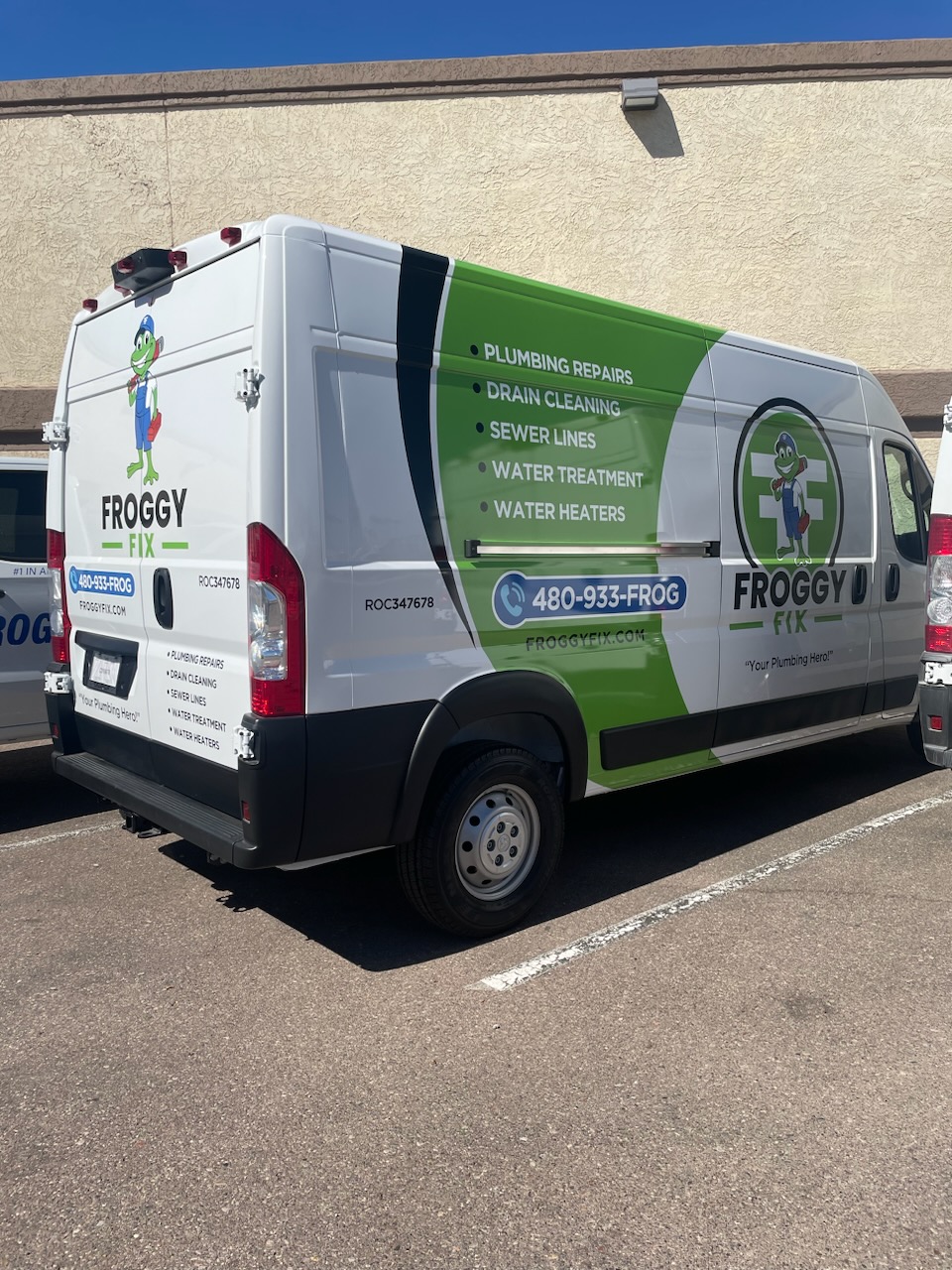

19 09
2023
Introduction: Water pressure is a vital component of your home’s plumbing system. When everything is working as it should, you can enjoy a seamless flow of water for various household activities. However, low water pressure can be frustrating and disruptive. In this blog, we’ll explore the importance of preserving your home’s water pressure and provide tips to maintain a smooth-flowing plumbing system.
Understanding Water Pressure: Water pressure is the force that pushes water through your pipes and into your faucets, showers, and appliances. It’s measured in pounds per square inch (psi). Most homes have a standard water pressure of around 40-80 psi. When water pressure is too low, it can lead to issues like slow-filling toilets, weak shower streams, and prolonged dishwashing times. Conversely, excessively high water pressure can damage your plumbing fixtures and cause leaks.
Common Causes of Low Water Pressure:
Tips for Preserving Water Pressure:
Signs of Water Pressure Issues:
Conclusion: Preserving your home’s water pressure is essential for ensuring a smooth-flowing plumbing system that meets your daily needs. By understanding the causes of low water pressure and following the tips mentioned in this blog, you can maintain optimal water pressure, conserve water, and extend the lifespan of your plumbing fixtures. Don’t hesitate to seek professional assistance if you encounter persistent water pressure issues to ensure a well-functioning plumbing system in your home.